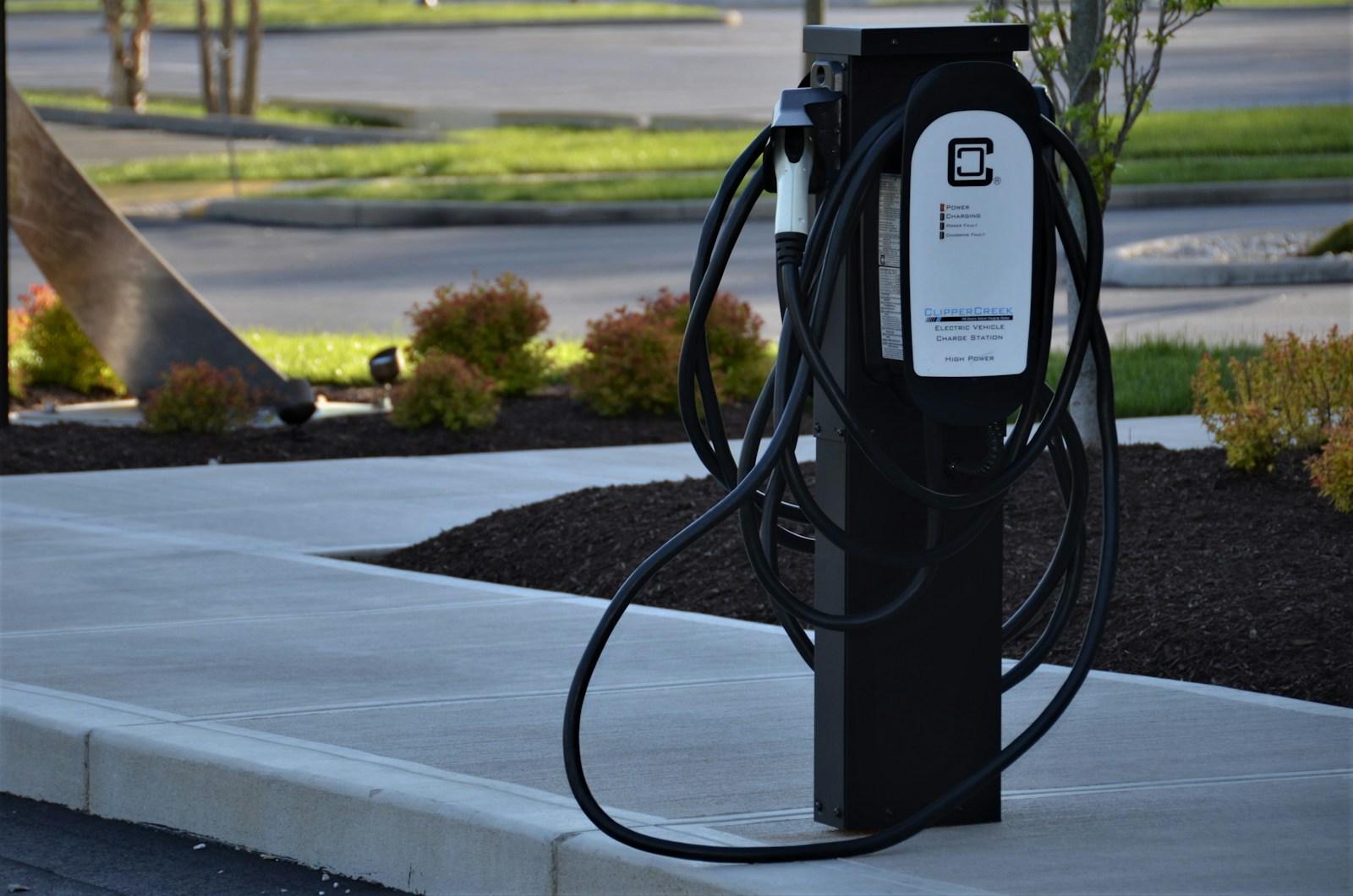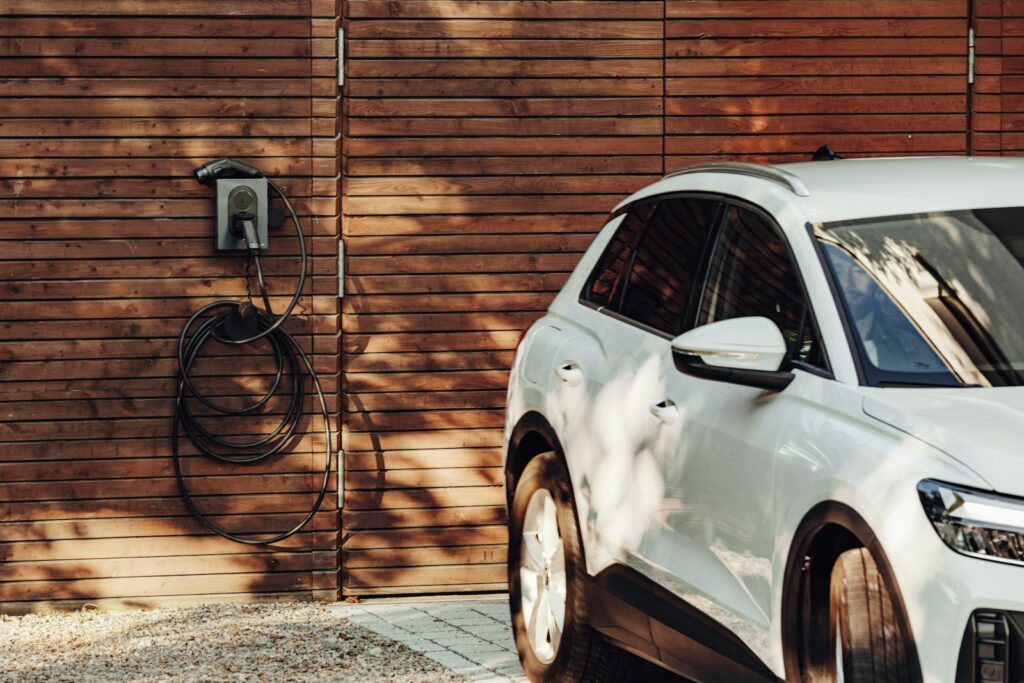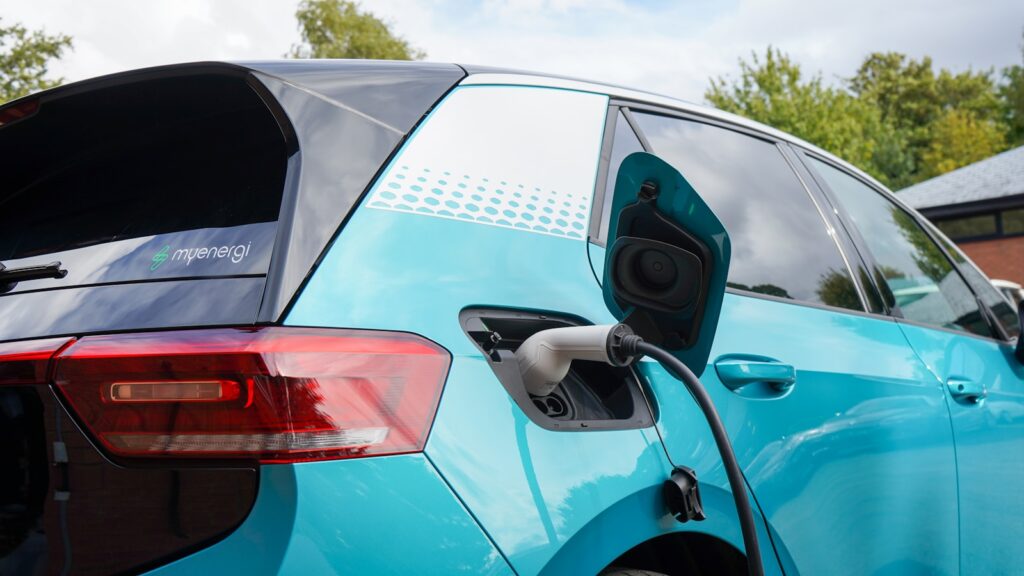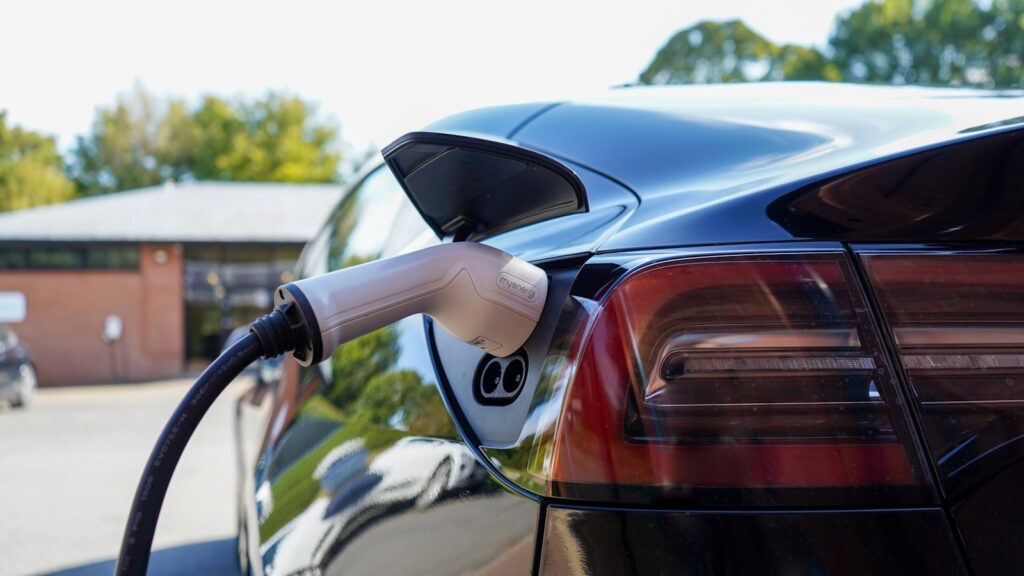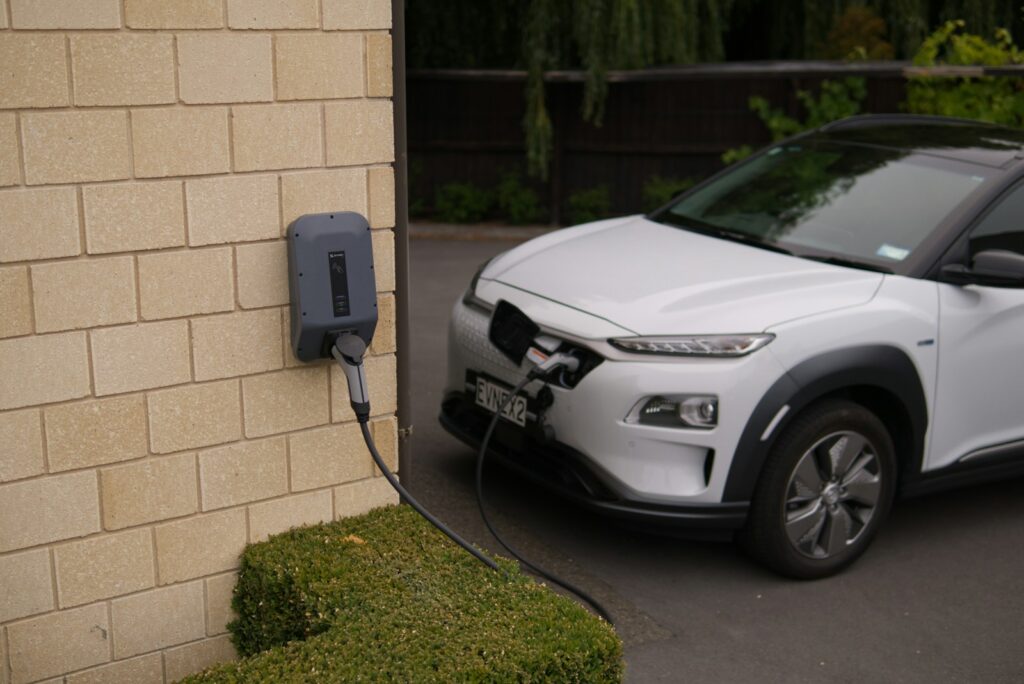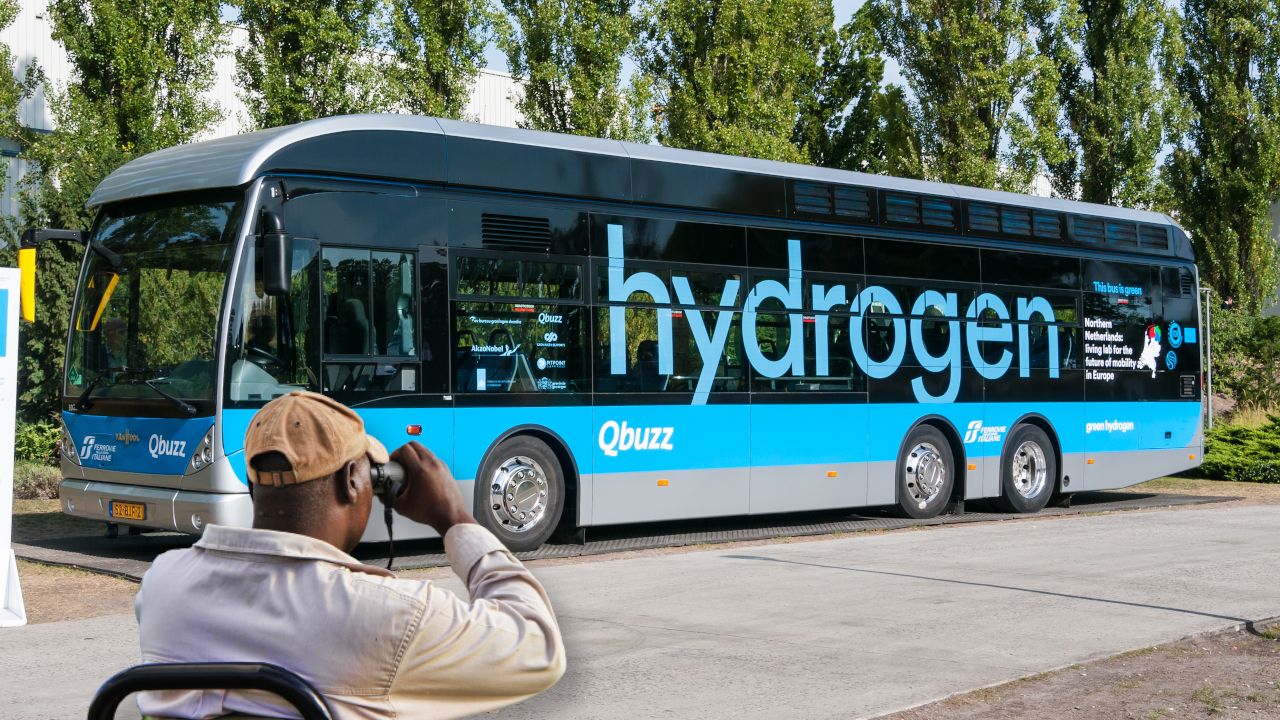
The widespread adoption of electric vehicles (EVs) signals a significant shift in personal transportation, bringing with it a newfound appreciation for the convenience of home charging. As more drivers make the transition, a fundamental question emerges for many: “How much does it truly cost to install a home EV charger?” This isn’t a simple query with a single price tag; rather, it’s a complex landscape shaped by numerous variables that can easily lead to unexpected financial outlays. Understanding these nuances is paramount for any homeowner looking to integrate EV charging into their daily life, ensuring safety, efficiency, and long-term satisfaction.
We recognize the necessity for clear, factual, and actionable guidance in this evolving sector. This comprehensive guide is meticulously designed to move beyond general price estimates, offering a precise breakdown of every influencing factor—from the choice between Level 1 and Level 2 chargers to the specifics of your home’s electrical infrastructure. Our aim is to demystify the installation process and highlight critical “savings secrets” that can substantially reduce your overall investment, ensuring you make an informed decision tailored to your unique circumstances, whether you reside in a modern build or a classic older home.
By delving into the multifaceted aspects of EV charger installation, we empower you to anticipate potential expenses and identify opportunities for optimization. From the initial hardware selection to the intricacies of electrical upgrades and regional pricing disparities, we will equip you with the knowledge needed to navigate this important home improvement. This journey toward seamless electric driving begins with a thorough understanding of the costs involved, transforming what might seem like a daunting task into a manageable and rewarding endeavor. For most U.S. homeowners, the average installation cost is typically between $800 and $2,500, but as we will see, several factors can significantly alter this figure.
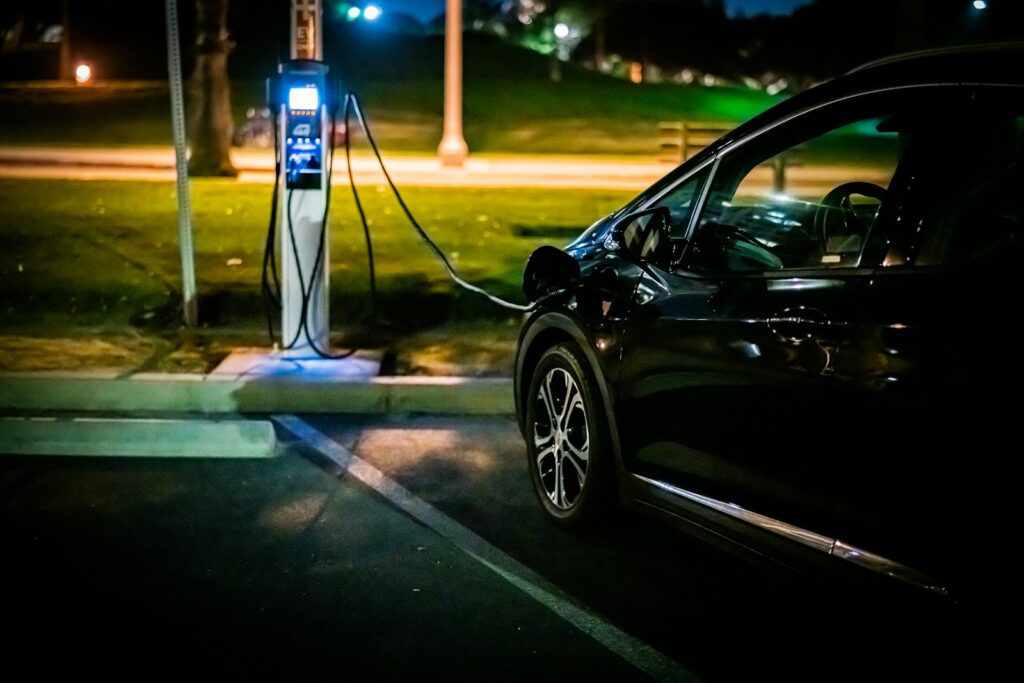
1. **Understanding Charger Types: Level 1 vs. Level 2**When considering a home EV charging solution, the very first decision you’ll face revolves around the type of charger you choose: Level 1 or Level 2. This choice fundamentally impacts not only your charging speed but also the initial installation costs. Understanding the distinctions between these two primary options is crucial for making an informed decision that aligns with your daily driving habits and budget.
When considering a home EV charging solution, the very first decision you’ll face revolves around the type of charger you choose: Level 1 or Level 2. This choice fundamentally impacts not only your charging speed but also the initial installation costs. Understanding the distinctions between these two primary options is crucial for making an informed decision that aligns with your daily driving habits and budget.
Level 1 chargers are often included with the purchase of your electric vehicle. These units are designed to plug directly into a standard 120V household outlet, much like any other common appliance you might use. The most appealing aspect of Level 1 charging is its virtually zero installation cost, as no extra wiring or dedicated circuits are typically required. However, this convenience comes with a significant trade-off in charging speed, offering only about 3-5 miles of range per hour. While suitable for overnight charging for drivers with short daily commutes, or as a backup, it is generally considered too slow for the needs of most EV owners.
In contrast, Level 2 chargers represent the preferred and more practical choice for the majority of EV owners. These systems utilize a 240V outlet, similar to the powerful outlets used by large appliances like clothes dryers, enabling much faster charging rates. A Level 2 charger can typically add approximately 20-60 miles of range per hour, meaning your electric vehicle can be fully recharged in just a few hours rather than days. This dramatic increase in speed offers unparalleled convenience for daily use, ensuring your EV is ready whenever you are.
The charger device itself for a Level 2 unit typically costs between $300 and $1,000, with prices varying based on brand, power output (e.g., 32A, 40A, 48A), and smart features. While the initial device cost is higher than the virtually free Level 1 option, the installation costs are where the significant difference truly lies. These costs are influenced by the need for specialized wiring and a dedicated circuit, making the charger type a foundational factor in your overall budget.

2. **The Impact of Geographic Variations on Cost**The cost of installing a home EV charger is not static across the United States; rather, it is significantly influenced by your geographic location. Factors such such as the local cost of living, prevailing labor rates for electricians, and specific regional regulations all play a pivotal role in determining the final installation price. This means that what you pay in one state or city can differ substantially from another, even for an identical setup.
The cost of installing a home EV charger is not static across the United States; rather, it is significantly influenced by your geographic location. Factors such such as the local cost of living, prevailing labor rates for electricians, and specific regional regulations all play a pivotal role in determining the final installation price. This means that what you pay in one state or city can differ substantially from another, even for an identical setup.
For instance, an analysis of 2024 EV Installation Cost Trends Report (Q4 Update) indicates that average labor costs in high-cost metropolitan areas, such as the San Francisco Bay Area, are approximately $400 – $800 higher compared to lower-cost regions like Houston, Texas. This disparity is primarily attributed to elevated permit fees and higher electrician hourly rates in areas with a greater cost of living, impacting the total home EV charger installation cost directly. Consequently, homeowners in states like California or New York City should anticipate higher expenses.
According to industry data from sources like Electric Car Guide and HomeAdvisor’s 2025 Market Review (Q1 data), the average total cost for most U.S. homeowners to install a Level 2 charger ranges from $800 to $2,500. This comprehensive figure typically includes both the charger device itself and the professional installation fees. However, this average masks a wide spectrum of potential costs depending on the specific conditions of your home and the complexity of the installation required.
To illustrate this price variability, consider these examples: a low-end installation, costing $500-$1,000, might occur if your electrical panel is very close to your parking spot, minimizing wiring and upgrades. A mid-range installation, at $1,000-$2,500, suggests some wiring work and potentially a new circuit breaker is needed. For high-end installations, costing $2,500-$5,000+, significant electrical panel upgrades or complex, long-distance wiring, such as trenching to connect to a detached carport, become necessary, driving costs considerably higher.
3. **Home Type and Electrical System Requirements**One of the most critical factors influencing your home EV charging station installation cost is the nature of your residence and its existing electrical system. The age and design of your home can create vastly different scenarios, directly impacting the complexity and expense of integrating a new Level 2 charger. Understanding these distinctions is key to an accurate budget.
One of the most critical factors influencing your home EV charging station installation cost is the nature of your residence and its existing electrical system. The age and design of your home can create vastly different scenarios, directly impacting the complexity and expense of integrating a new Level 2 charger. Understanding these distinctions is key to an accurate budget.
New homes often present the most straightforward and least expensive installation paths. If your home was constructed with foresight, it might have been pre-wired for EV charging during the building process. In such cases, the installation cost could be significantly lower, potentially just a few hundred dollars for labor, as the necessary infrastructure is already in place. This greatly reduces the time and material requirements for electricians.
Conversely, older homes frequently encounter more complex situations. Many older electrical systems, often equipped with 100-amp main electrical panels, may not possess the sufficient capacity to handle the additional electrical load demanded by a 240V Level 2 charger. These chargers typically require a dedicated 40-60 amp circuit, which can push an older panel beyond its limits if it’s already heavily utilized. This often necessitates a significant and costly electrical panel upgrade.
The cost for an electrical panel upgrade, which is frequently the primary answer to “how much to upgrade electrical panel for EV charger,” can range from $1,500 to $4,000 or even more, depending on the panel’s size and the complexity of the work. For example, a professional electrician performs a load calculation to determine necessity; if your existing 100A panel load is already at 80A and a 48A EV charger requires a 60A dedicated circuit, an upgrade becomes mandatory due to being over capacity. This is often the single largest expense in the entire installation process.
Even if a full main electrical panel upgrade isn’t required, you might still need to install a new circuit breaker to support the dedicated 240V circuit for the Level 2 charger. This is a comparatively lower-cost modification, typically ranging around $100-$300. Furthermore, homeowners can sometimes avoid costly panel upgrades by installing smart energy management devices, such as simpleSwitch, which monitor home electricity in real-time and dynamically balance power between the EV charger and other appliances, safely pausing charging when the panel load approaches capacity.
4. **Wiring Distance and Complexity**The physical distance between your main electrical panel and the intended installation spot for your home EV charger is a significant determinant of the total cost. The further this distance, the more extensive the wiring needed, directly escalating both labor and material expenses. This is particularly true for copper wiring, which can be a substantial material cost.
The physical distance between your main electrical panel and the intended installation spot for your home EV charger is a significant determinant of the total cost. The further this distance, the more extensive the wiring needed, directly escalating both labor and material expenses. This is particularly true for copper wiring, which can be a substantial material cost.
Beyond just length, the complexity of the wiring path also plays a crucial role. If the electrician needs to route wires through various structural elements—such as inside walls, across ceilings, or through basements—the difficulty and labor time will increase. Each obstruction or challenging pathway adds to the overall cost, as it demands more intricate work and potentially specialized tools or techniques.
A prime example of increased complexity is outdoor trenching. If your preferred charging location is a detached garage, an outdoor parking space, or a spot far from your home’s main structure, the electrician may need to dig trenches to bury conduit and wiring safely underground. This type of work significantly increases both the labor and material costs compared to a more straightforward installation within an attached garage. Consequently, installing a charger in an outdoor or detached location will generally be more expensive.
5. **Additional Materials and the Role of Permit Fees**Beyond the charger unit itself and the core labor, other materials and regulatory requirements contribute to the total installation cost. The type and length of the electrical cable required are key material cost drivers, as they must be appropriately gauged for the charger’s power output and the distance to the electrical panel. In addition, protective devices like conduit are often necessary to shield outdoor or exposed wiring from environmental elements and physical damage, adding to the material expense.
Beyond the charger unit itself and the core labor, other materials and regulatory requirements contribute to the total installation cost. The type and length of the electrical cable required are key material cost drivers, as they must be appropriately gauged for the charger’s power output and the distance to the electrical panel. In addition, protective devices like conduit are often necessary to shield outdoor or exposed wiring from environmental elements and physical damage, adding to the material expense.
Perhaps one of the most non-negotiable additional costs, and an essential step for safety and compliance, involves permit fees. In most areas across the U.S., installing a Level 2 charger requires an electrical permit from local authorities. These fees typically range from $50 to $300 but can, in some jurisdictions, extend up to $500. Securing a permit ensures that the installation adheres to local electrical codes and safety standards, protecting both your property and its occupants.
A professional electrician not only assists with the permit application process but is also legally obligated to ensure that the installation fully complies with the National Electrical Code (NEC). Key clauses from the NEC mandate specific requirements for EV charging circuits. These include: “NEC 210.19(A): The charging circuit must be treated as a continuous load, requiring 125% design capacity.” Furthermore, “NEC 625.40: All charging circuits must be dedicated,” meaning they cannot share power with other appliances. Lastly, “NEC 625.54: Receptacles used for EV charging (if not hardwired) must have GFCI (Ground-Fault Circuit-Interrupter) protection,” enhancing safety against electrical shock.
6. **Quantifying Your Fuel Savings: The Long-Term ROI**While the upfront cost of installing a home electric vehicle charger represents a notable investment, it is crucial to recognize the significant long-term value and benefits it provides. One of the most direct and quantifiable economic advantages is the substantial savings on fuel. In the United States, electricity prices are generally more stable and often considerably lower than the fluctuating costs of gasoline, presenting a compelling financial argument for home charging.
To illustrate these savings, let’s consider a practical calculation example. If gasoline costs $3.50 per gallon and your conventional gas car achieves 25 miles per gallon, driving 100 miles would consume 4 gallons of gas, resulting in a cost of $14. This figure provides a baseline for comparison, highlighting the recurrent expense associated with fueling a gasoline-powered vehicle.
For an electric vehicle, the cost structure is quite different. According to U.S. Department of Energy (DOE) data as of Q2 2025, the average U.S. electricity price is about $0.17 per kilowatt-hour (kWh). A typical EV uses approximately 25-35 kWh per 100 miles. Using an average of 30 kWh for every 100 miles driven, the electricity cost would be 30 kWh multiplied by $0.17/kWh, totaling $5.10 for 100 miles. This figure represents a considerable reduction compared to the gasoline equivalent, offering a clear advantage for EV owners.
Extrapolating these figures, if you drive an average of 12,000 miles annually, switching to an EV could lead to substantial annual savings. The calculation would be ($14 – $5.10) multiplied by (12,000 miles / 100 miles), which equates to an impressive $1,068 saved per year. It’s important to note that these savings could be even greater if gasoline prices experience upward trends, further enhancing the return on your investment in a home charging station.

